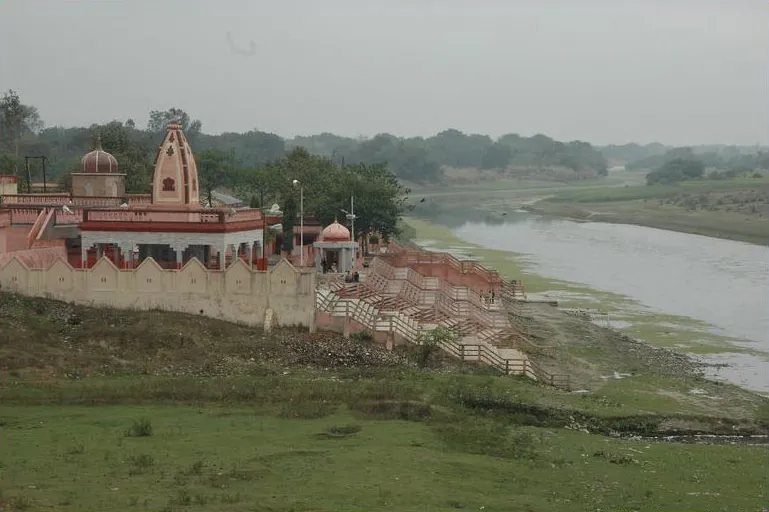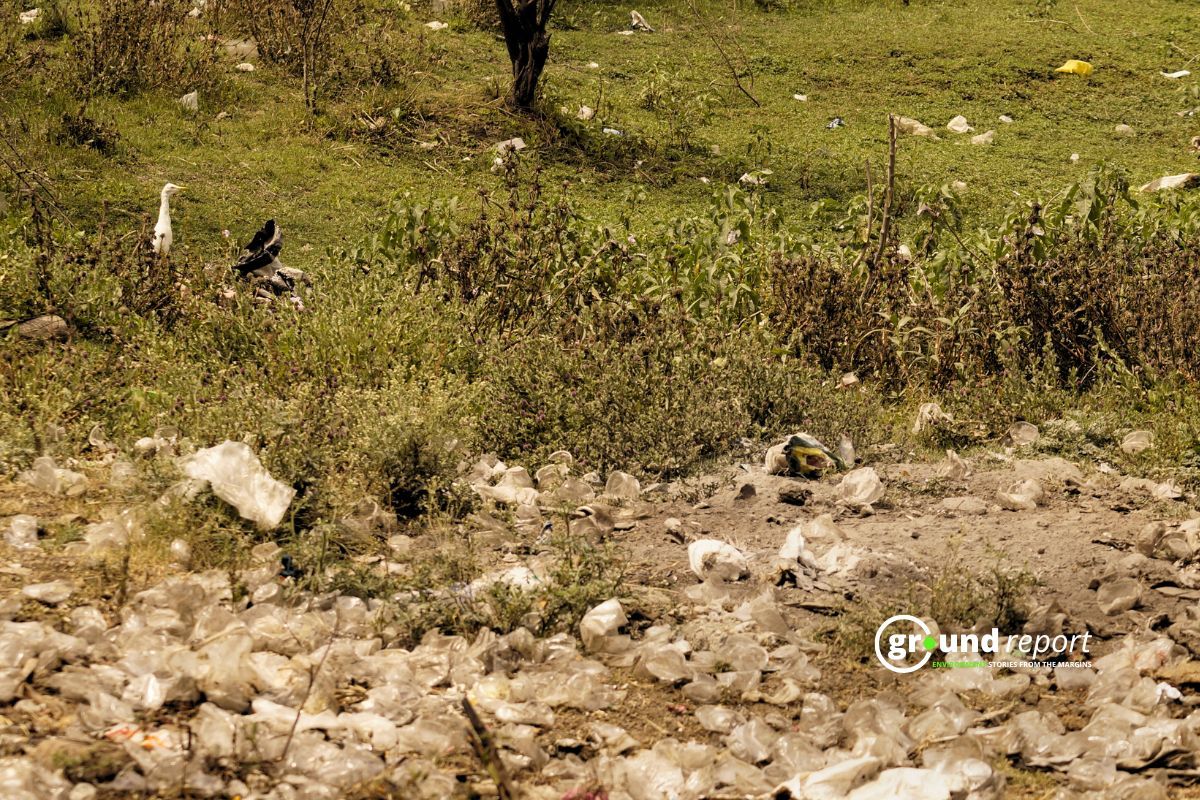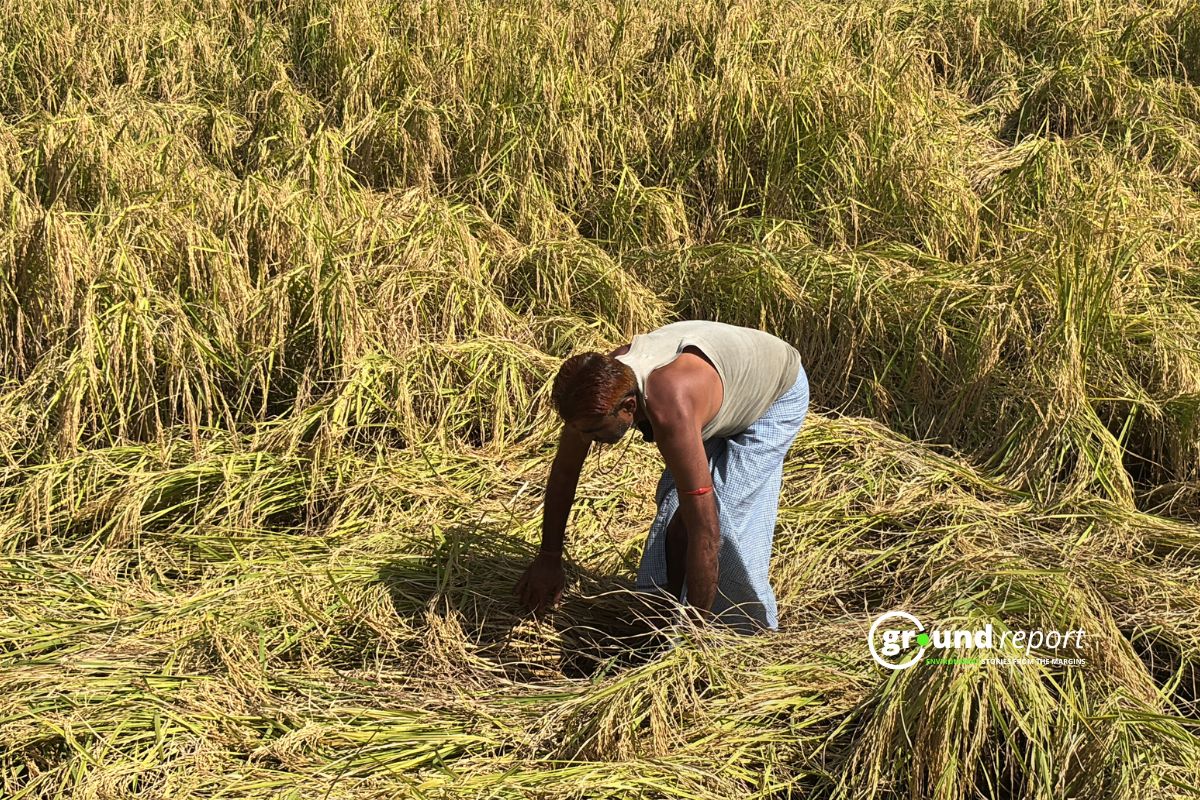River Sai flows 600 kilometers from a pond at Bijgwan village near Pihani in the district Hardoi. It runs through Hardoi, Raebareli, and Jaunpur districts before joining the Gomati at Rajepur in Jaunpur. The entire length of the River Sai, from its sources to its confluence with the Gomti, is approximately 750 kilometers, including 594 kilometers of polluted stretch.

The Sources of Pollution
The catchment region of the River Sai has three water-polluting bodies. Currently, the industries’ effluents have not been discharged in Sai. Because the chemical unit is out of order, the pollution control board closed the pulp and paper industry, and the Indian Telecom industry does not discharge in rivers. However, there is no official industrial effluent discharged in the River Sai, but the total sewage discharge from households and unauthorized industries is 17.95 million litres per day (MLD). As anticipated, sewage discharge is being dumped without any treatment. Sewage treatment is a matter of concern among environmentalists.
According to a report by the UPPCB, the sewage waste in Sai is released through 6 drains of roughly 17.95 MLD. Raebareli and Pratapgarh are situated In the catchment of the river Sai. These cities produce sewage and other wastewater, increasing organic content in rivers. Sewage treatment is a severe problem in some districts of Uttar Pradesh. Till Date, five drains with a combined flow of 9.0 MLD have been detected in Raebareli.
A sewage treatment plant (STP) with a capacity of 18.0 MLD is proposed in Raebareli to treat the sewage from these drains. The only drain in Pratapgarh City with an 8.95 MLD flow would be stopped and directed to the STP built-in Pratapgarh close to the Belhamayee Bridge. The link between the drainage channel to the treatment facilities and complete domestic sewer connections are also required to reduce the pollution in the catchment area of Sai.
River Sai Struggling for Survival
The river Sai is struggling for its survival. Nowadays, the river is a dumping zone of sewage waste from Raebareli and Pratapgarh. Various researchers have tested the water quality during different periods. The fishes in these areas are under threat due to anthropogenic activities such as overfishing and pollution. Hence, a practical conservation action plan is strongly recommended to prevent the species from extinction in the Sai River. Even the fishes found in the Sai River have more heavy metal traces, which are unsuitable for human consumption. A moderate concentration of Copper is present in river Sai waters. Nickel and Cobalt are not found to contribute to river water pollution. River water is found to be highly polluted concerning Lead and Manganese.
The Role of Experts
To develop an action plan for the prevention and rehabilitation of Sai River, the National Green Tribunal established a committee to monitor progress in September 2022 to provide noticeable results within a few months. But the condition of the river is not changed until April 2023.
The action plan would include the following:
- Setting up and installing sewage treatment plants.
- Intercepting and redirecting drains to the appropriate STPs.
- Maintaining river floodplain zones.
- Preventing encroachment.
- Plantation and cleaning of the rivers.
- Other related activities.
Final Verdict
The river is well recognized as the foundation of agriculture, industries, and drinking needs. The water quality index is a primary decision-making instrument for determining river water quality, which allows water managers, policymakers, and other environmental conservation organizations to plan more successfully. The Sai River was determined to be moderately polluted. A strategy for the conservation of small rivers and tributaries, as well as monitoring of river water purity, is urgently needed. Sewage treatment plants should be installed at the village level to reduce contamination. Water quality can be improved by raising public awareness about the river’s deteriorating condition. In addition, educating farmers about the appropriate use of fertilizers and pesticides on farms, and developing an action plan to save the river from severe pollution.
Keep Reading
- Ajnar river pollution: a tragic tale of industrial negligence in Madhya Pradesh
- Know all about Buddha Darya Action front and their demands
- Focus on cleaning the Sabarmati river; the second most polluted river
- Ganga water pollution: Ganga is now a source of cancer
Follow Ground Report for Climate Change and Under-Reported issues in India. Connect with us on Facebook, Twitter, Koo App, Instagram, Whatsapp and YouTube. Write us at GReport2018@gmail.com









